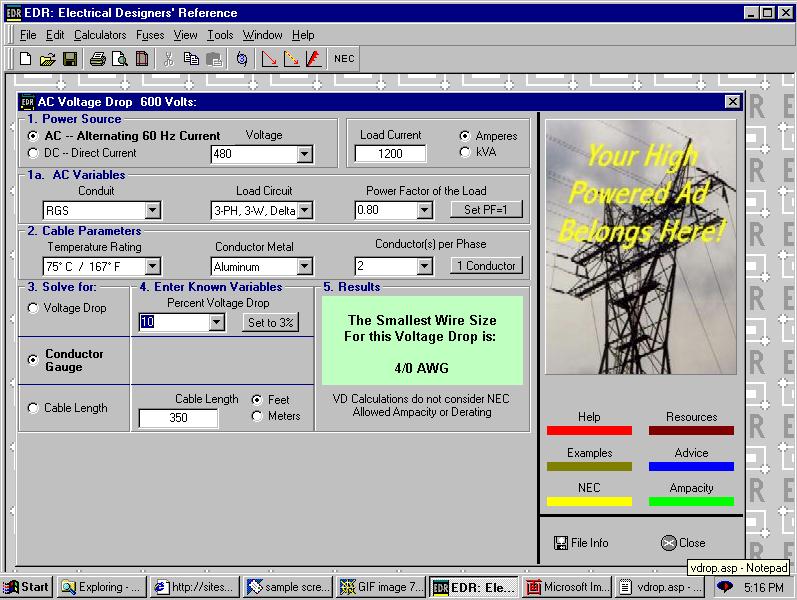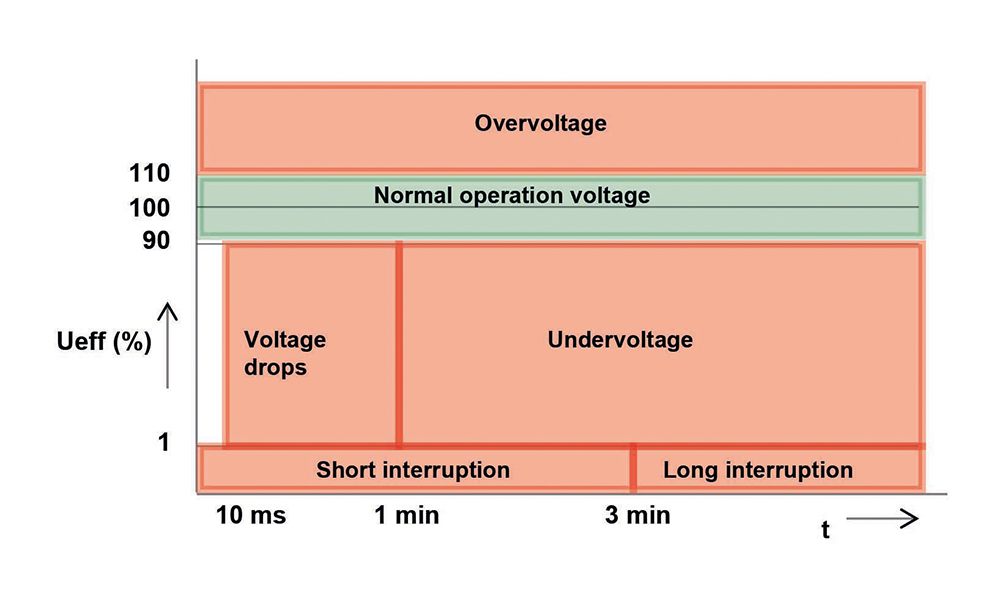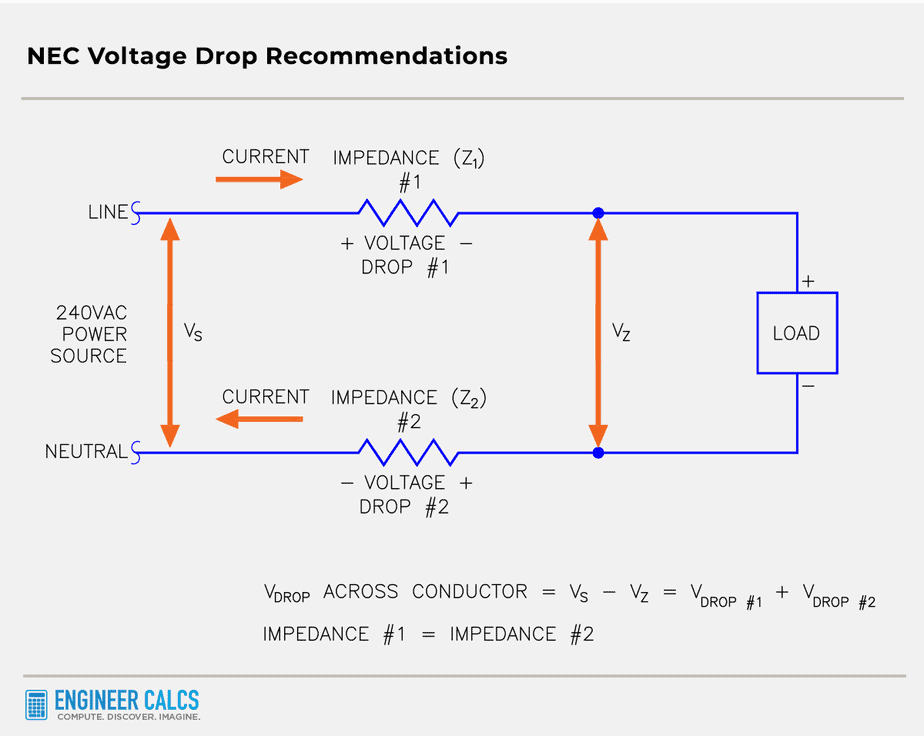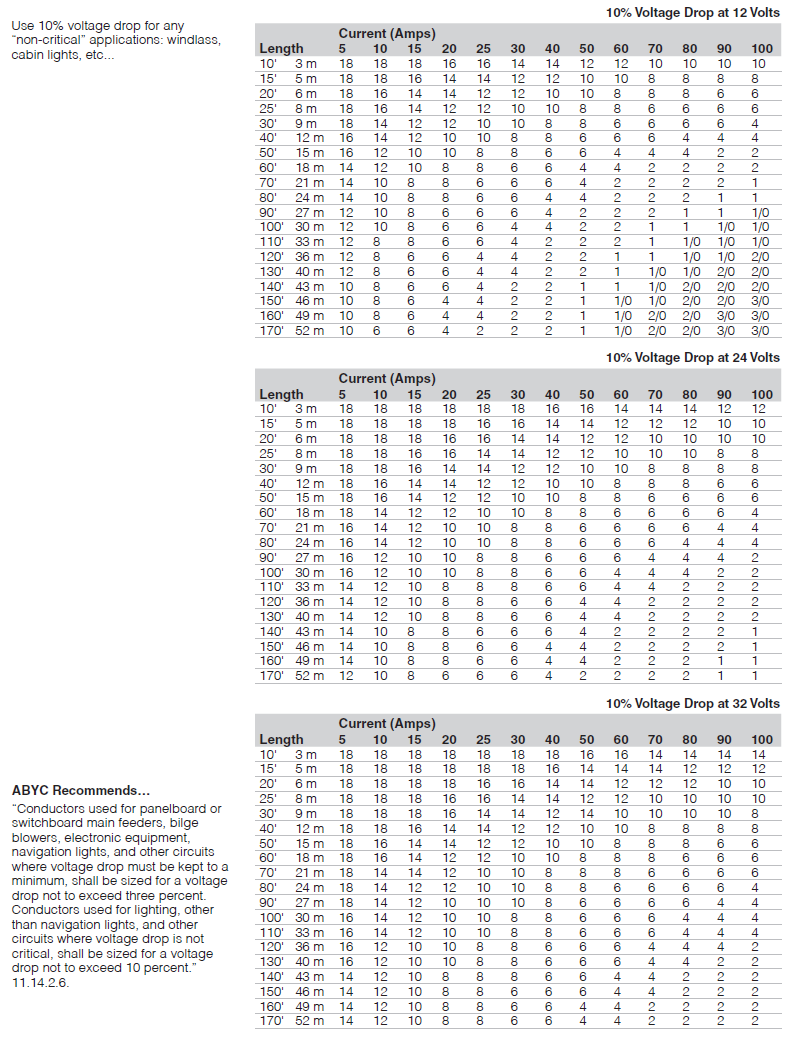Favorite Info About How To Decrease Voltage Drop

Also, using kirchhoff’s circuit law s (voltage and current) you can find, the sum of the voltage drops across each component.
How to decrease voltage drop. Because of the existence of the impedance or passive components, you will see certain reduction in voltage as the current travels via the circuit. Reducing the power load by decreasing the amount of electrical equipment connected to a circuit can help reduce voltage drops. Voltage drop suggests the decrease in voltage or voltage decline.
Meaning , the power delivered from the voltage supply tends to get lowered as the current runs across the circuit. That's not what you want from a regulator. Decreasing temperature of conductor in regards to the flow of power, high temperatures of conductors will resist the flow and will cause the voltage drop percentage to rise.
The solution to this problem is simple, decrease the temperature of the conductor if you want the voltage drop to be significantly smaller. Actual voltage drop will be from 10 to 15% lower for larger conductor sizes and lower power factors. The voltage drop across the resistor will vary with the current, so if your load isn't constant (it never is) the voltage will vary.
The more connections and wiring a vehicle has, the more vulnerable the electrical system is to voltage drop. There are two big categories of voltage regulator: Therefore, by increasing the size of the conductor, the resistance can be reduced, and the voltage drop can be minimized.
One of the easiest ways to calculate voltage drop is to use an online voltage drop calculator. Three or four single conductors in a conduit, random lay. To mitigate voltage drop, electrical engineers and designers take into account factors like the length and gauge (size) of the conductors, the current load, and the electrical code requirements.
Poor connections poor connections in electrical systems can cause resistance in the circuit, which leads to voltage drop. Voltage drop is a common phenomenon that occurs in electrical circuits. In this guide, we will explore the basics of voltage.
This means using a resistor to drop the voltage like you are suggesting, but then adding an extra device in parallel with the load to control the voltage. The shunt regulator will adjust its current (within limits) to keep the current through the resistor correct to maintain the desired output voltage. They may use larger wire sizes or employ voltage drop calculations to ensure that the voltage at the point of use remains within acceptable limits.
So how do voltage drop compensators overcome voltage drop? One way to resolve the voltage drop across the circuit component is to build the circuit and measure the drop using the voltmeter (current measuring device). Voltage drop can be a significant issue in electrical circuits, as it can cause equipment to malfunction or fail.
Expert sales & support 877. Voltage drop describes how the supplied energy of a voltage source is reduced as electric current moves through an electrical circuit. A shunt regulator.
This means measuring voltage drop before reaching any conclusions. To minimize voltage drop in long wire runs, it is important to use a wire size that is appropriate for the length of the run and to keep the distance between the power source and load as short as possible. To reduce voltage in half, we simply form a voltage divider circuit between 2 resistors of equal value (for example, 2 10kω) resistors.


















